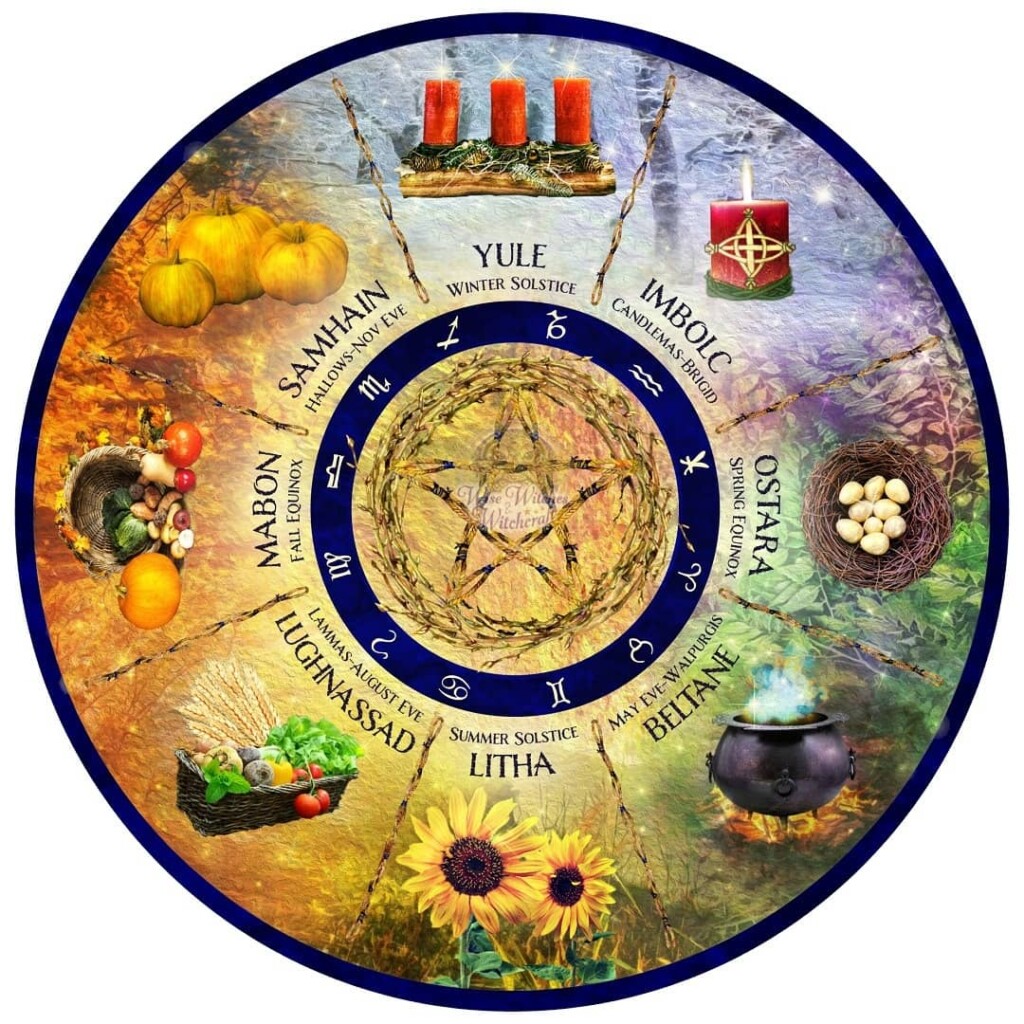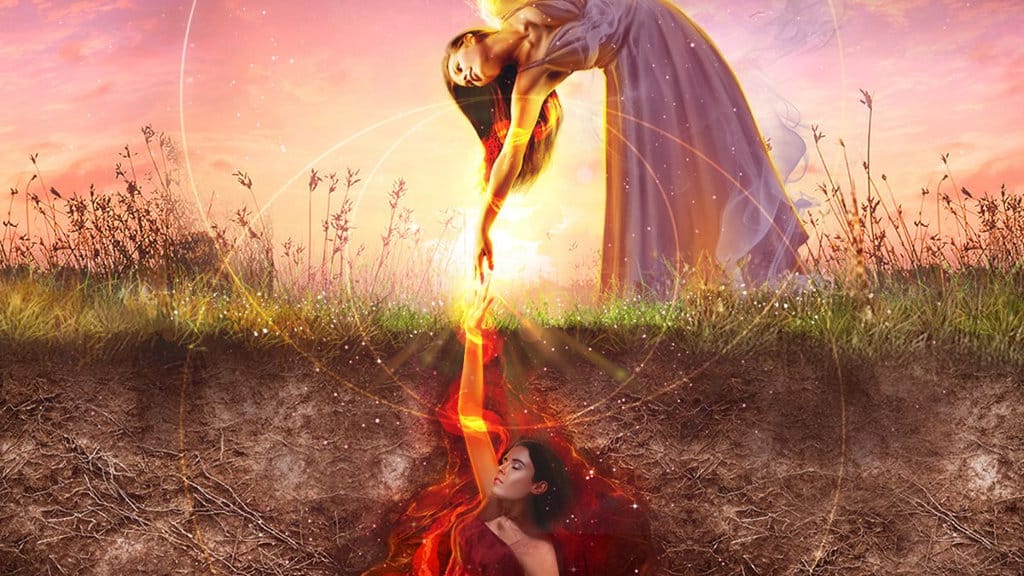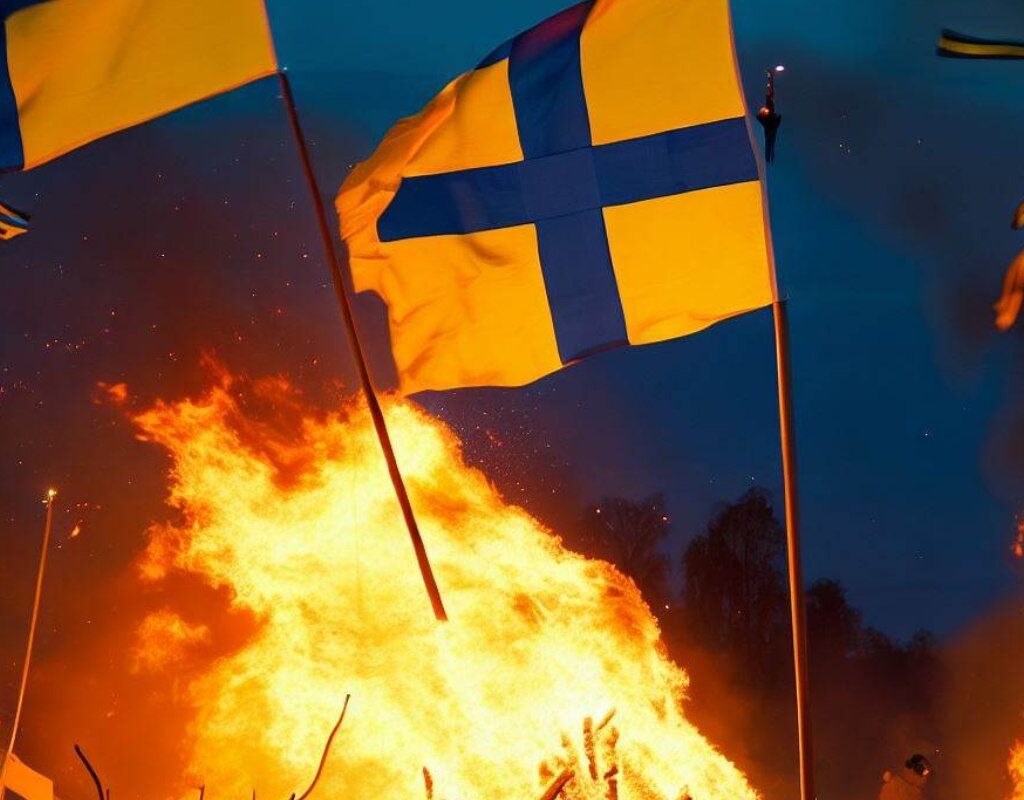Oestarraostara: Celebrating the Spring Equinox
March 21 marks a significant day in the Pagan calendar, known as Oestarra or the spring equinox. Although some Traditions don’t celebrate it, this occasion is a holiday full of symbolism and meaning for many people around the world.
The exact date of Oestarra may vary depending on geographical location. It’s a time to welcome spring and celebrate the fertility and rebirth of nature. Although in many places there is still snow on the ground, the thaw has begun and it is clear that winter is coming to an end.
Wiccans celebrate this day by decorating eggs with paints, symbolizing life and renewal.
The spring equinox marks a moment of balance, in which day and night are of equal length. For some Traditions, this represents the passage from the Goddess to her consort, the God or from darkness to light. Being spring, it’s appropriate to celebrate with a feast of asparagus, vegetables and other seasonal plants.
Mythologically, it is believed that the Goddess transforms from Old Woman to Maiden at this time of year, prepared to grow up with her son/consort, the Sun God, who grows quickly as a strong and vital child.
Commemorating Oestarraostara is a way of honoring the change of seasons and the renewal of nature, a time to celebrate life in all its forms and to welcome the arrival of spring with joy and gratitude.
Beltane: The Pagan Celebration of Fertility
Every year, on April 30th or May 1st, Wicans around the world prepare to celebrate Beltane, one of the most important festivities on their calendar. Rooted in Celtic mythology, Beltane marks the sexual awakening of God and the Goddess, symbolizing their arrival at puberty and the transformation of the Goddess from Maiden to Mother.
Historically, Beltane was linked to agriculture, marking the time when crops were planted and animals mated. The fields were blessed and couples went to the fields to make love, believing that this would help the revival of soil fertility.
In hunting societies, Beltane marked the transition from hunting to gathering.
Nowadays, pagans celebrate Beltane with feasts on spring plants, such as asparagus and fresh vegetables, adorned with freshly picked flowers that symbolize the arrival of the new season.
Some groups organize a Beltane lottery to choose a “May Queen” or a “Green Man”, who becomes the living representative of the God and the Goddess during that day and sometimes even for a longer period.
These representatives act as spiritual advisors, prophesying for the group and guiding its members. Positions are considered sacred and can only be filled by initiates. In addition, basket exchanges are held as a symbol of fertility and good wishes for the coming summer.
Beltane is a time of joy and celebration when spring is in full swing and you can admire the gifts of God and the Goddess in the abundance of nature.
It’s the official start of the outdoor festival season for the Wiccan community and an opportunity to connect with the earth and celebrate life to its fullest.
Litha: The Longest Day of the Year, a Celebration of Harvest and New Life
June 21 marks the summer solstice, the longest day of the year. At this time, the first crops begin to be harvested and life in agricultural societies is quiet and pleasant. The days are long and hot and winter is just a distant memory. According to mythology, the Goddess becomes pregnant with the God and her belly is the bearer of a new life.
For farming communities, the summer solstice was a time of celebration, taking advantage of the interval between sowing and harvesting. Hunting societies, on the other hand, built new weapons and accumulated supplies for hunting days in winter. This period was also ideal for taking vacations and participating in festivals.
Wiccans, for example, celebrate Litha with a feast of strawberries, fruits and vegetables. Although June 21 is the longest day of the year, from now on the nights will get longer and winter will return. Some traditions consider this day as the moment when the Goddess is in her intermediate pregnancy, corresponding to the cycle of God. The Goddess as Mother is at her most glorious moment during Litha.
Lughnasadh: A Celebration of Harvest and Rebirth
August 1 (or Lammas), a date marked in the calendar to celebrate the obtaining of the first fruits of the harvest. With traditional dishes that include cereals, fruits and vegetables, a big feast is organized to honor the bounty of the earth.
The days are getting shorter and winter is on the horizon, reminding us of the fleeting nature of life.
From a mythological point of view, some Traditions see this period as the Death of God, a voluntary sacrifice that allows the community to survive. Even if the God dies, the Goddess stays with the child and the family continues on their journey, a symbol of rebirth and continuity in the midst of the transition.
In agricultural societies, where the harvest is the most abundant at this time of year, the God is transformed into the Grain God, a representation of the abundance and prosperity that nature provides. Meanwhile, in hunting societies, young people are initiated into the mysteries of hunting, preparing to participate in winter hunts.
To this end, contests and games were organized to evaluate and enhance hunting skills. These games, known as Lughnasadh games, continue to be recreated in some groups, where young people can demonstrate their athletic prowess and older people enjoy the show, admiring the strength and abilities of God.
Mabon: The Fall Equinox and the Celebration of the Death of God
September 21 marks a special time in the Wiccan calendar. It’s Mabon day, also known as the autumnal equinox. On this day, the length of the day and night are equalized, marking the transition from God to the Goddess, from the time of light to the dark age.
For many pagan cultures, this is a time of reflection and gratitude for the harvest of grain and it symbolizes the death of God, a voluntary sacrifice in the prime of life so that others can live and grow.
In some areas, the celebration of Mabon is closely related to the harvesting of crops, marking the end of the harvest season. For hunting societies, it was time to take seriously hunting, their main activity. In the animal kingdom, it’s also an energetic period, with many species going into heat or preparing to hibernate.
Wiccans celebrate this day with a feast, in which cereals, fruits and vegetables are the protagonists. They offer the first and best fruits of the harvest to their Gods as a token of gratitude for the fertility granted.
The Goddess, as a pregnant widow, represents the promise of life that will come after the darkness of winter.
For Wicans, time is conceived as an endless cycle and the celebration of Sabbats, like Mabon, is considered as “going around the wheel”, helping the seasons to fulfill their natural cycle. The next Sabbath in the Wiccan calendar is Samhain, marking the beginning of a new cycle in the wheel of the year.
| Sabbat | South Hemisphere | Northern Hemisphere |
| Samhain, Major Sabbath (New Year) | April 30th to May 1st | October 31 |
| Yule, Winter Solstice | June 21st | December 21st |
| Imbolc or Candlemas Celebration of exile from the winter season. |
August 1st | February 1st |
| Ostara, Spring Equinox | September 21st | March 21st |
| Beltane, the last of the three spring fertility festivals, is when people, plants and animals prepare for the next warm months. | October 31 | May 1 |
| Litha or Summer Solstice or Midsummer which celebrates the majestic aspect of God. | December 21st | 22nd of June |
| Lammas or Lughnassadh, is the first of the three harvest celebrations. | February 1st | August 1st |
| Mabon second harvest festival. | March 21st | September 21 |
Other cycles
The mysterious God/Goddess cycle, represented by the duality of darkness and light, has been the subject of veneration throughout history.
The Goddess, in her transformation from Maiden to Mother and then to Old Woman, symbolizes the process of life itself, followed by her rebirth and renewal as a Maiden.
On the other hand, the life cycle of God, from his birth to his maturity and his passage through marriage, culminates in death and subsequent rebirth, thus perpetuating the cycle of existence.
In addition, nature’s fertility also follows an uninterrupted cycle, with the seasons of the year witnessing its constant rebirth.
Even hunting and gathering, ancient human activities, follow their own cycle in harmony with nature and its rhythms.
These cycles, in their eternal flow, have been revered by cultures around the world, reminding us of the incessant dance of life and death, renewal and transformation in a constant cycle of existence.




